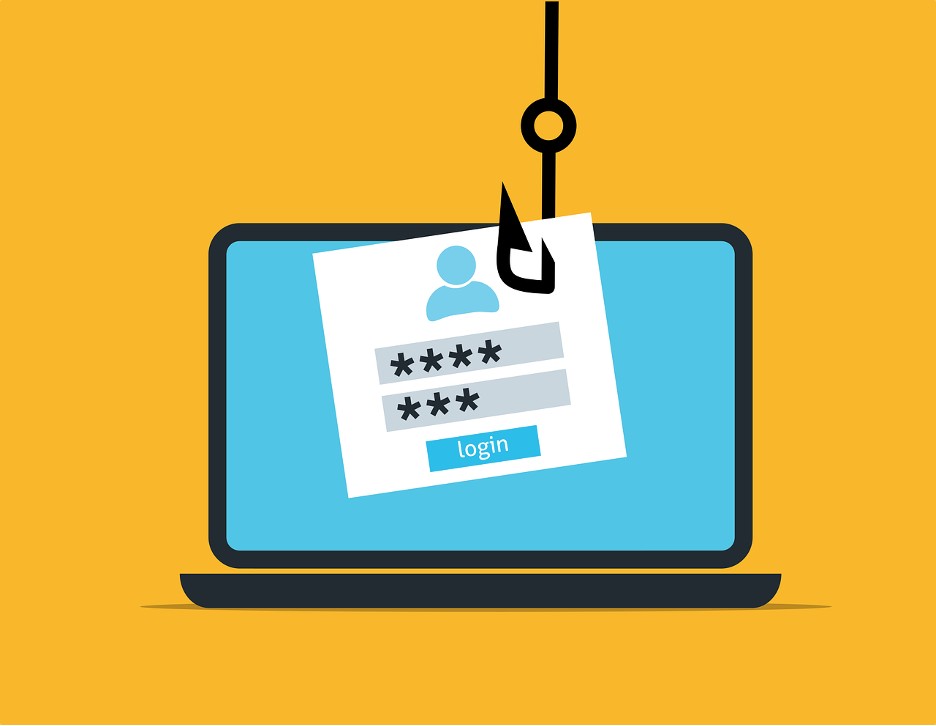Have you ever received a message or email that seemed too good to be true? In most cases, it’s a scammer trying to trick users into complying with their convincing demands or to click on links. There are still ways to recognize a phishing scam through an email, but first, let’s talk about the preventative measures to lessen falling victim to phishing scams.
Ways to prevent phishing scams
If you take a look at your email platforms, you will see that there are a few settings you can take to filter out unwanted or spam mails that keep cropping up. It can keep out a number of phishing emails from reaching you, but is that enough?
There are some pretty experienced scammers out there who have developed newer ways to trick the public. With that said, there are a few extra but effective preventative measures that you can take to prevent phishing scams that plague your email platforms. Here is what you can do:
- Start by using the best security software that helps slow down or filter out phishing scams or email from reaching you. A VPN is one such software. Doesn’t need to be expensive, and in fact, you could also test the VPN out first, before settling with it.
- Make sure all the software you’re using is up to date on a regular basis. These updates are crucial for threat alerts and more.
- Multi-factor authentication is another crucial means to prevent phishing attacks via your email. Make sure that your email and other social accounts all have a double or two-factor authentication scheme attached. It’s to make sure that no one tries to hack into your ID, without you receiving an alert. It can be through a text message to your phone number or your finger print ID, or face scan.
- Make sure you make copies or back ups of all the sensitive or important data stored on your email ID. If ever your ID is compromised, at least you have the backup stored.
How to recognize a phishing scam in your email
There are newer techniques of scams nowadays, and most of the time you won’t even be able to tell apart a real one from a scam. These scammers have developed newer ways to trick you into handing in your passwords, social security numbers, your email password, social media passcodes, bank details and more!
You will be surprised at what all they can achieve via a simple email. It might seem very unlikely, but that’s not the case. There are a few red flags for you to go through that might allow you to detect a phishing scam. Here’s how:
- They will ask you to provide your social security number, claiming that you’ve fallen victim to an identity theft.
- If you’re an open book and might have announced on media that you placed so and so order from a particular dress or shoe shop, the hackers can contact you impersonating someone from there. They will say that your payments have not gone through and will ask you to resend it to a “certain account.”
- Provide you some links to click on claiming that they’re either from your bank or insurance company.
- Will tell you that you’ve won the lottery or a prize bond from the bank. Most users often fall for that.
- They will pretend to be from a charitable organization, asking you to make a generous donation.
- Will ask you to confirm and verify with some personal information claiming that they’re from someplace that you’re acquainted with.
These scams or techniques are only a few of the many ways scammers use to trick users via email. It’s why we recommend using the best security software and to take a few manual measures of your own to stay one step ahead of the game.



